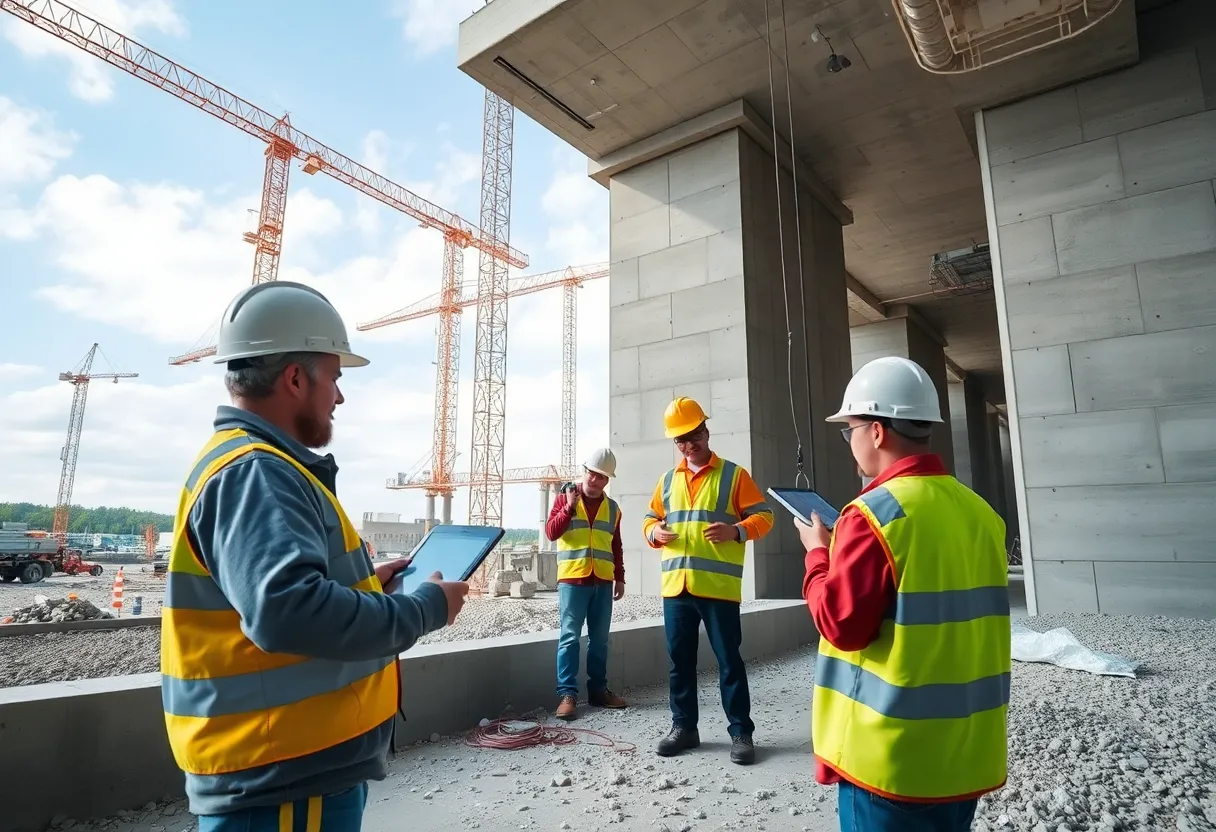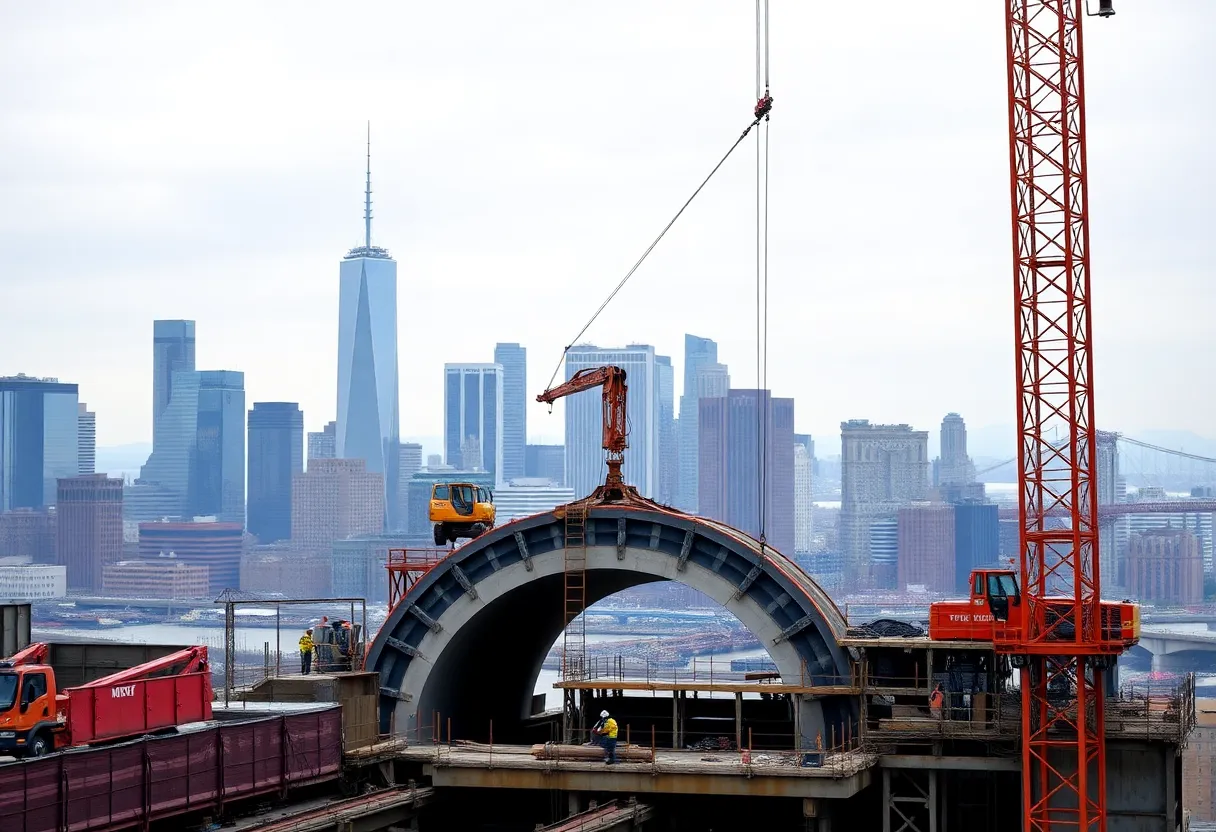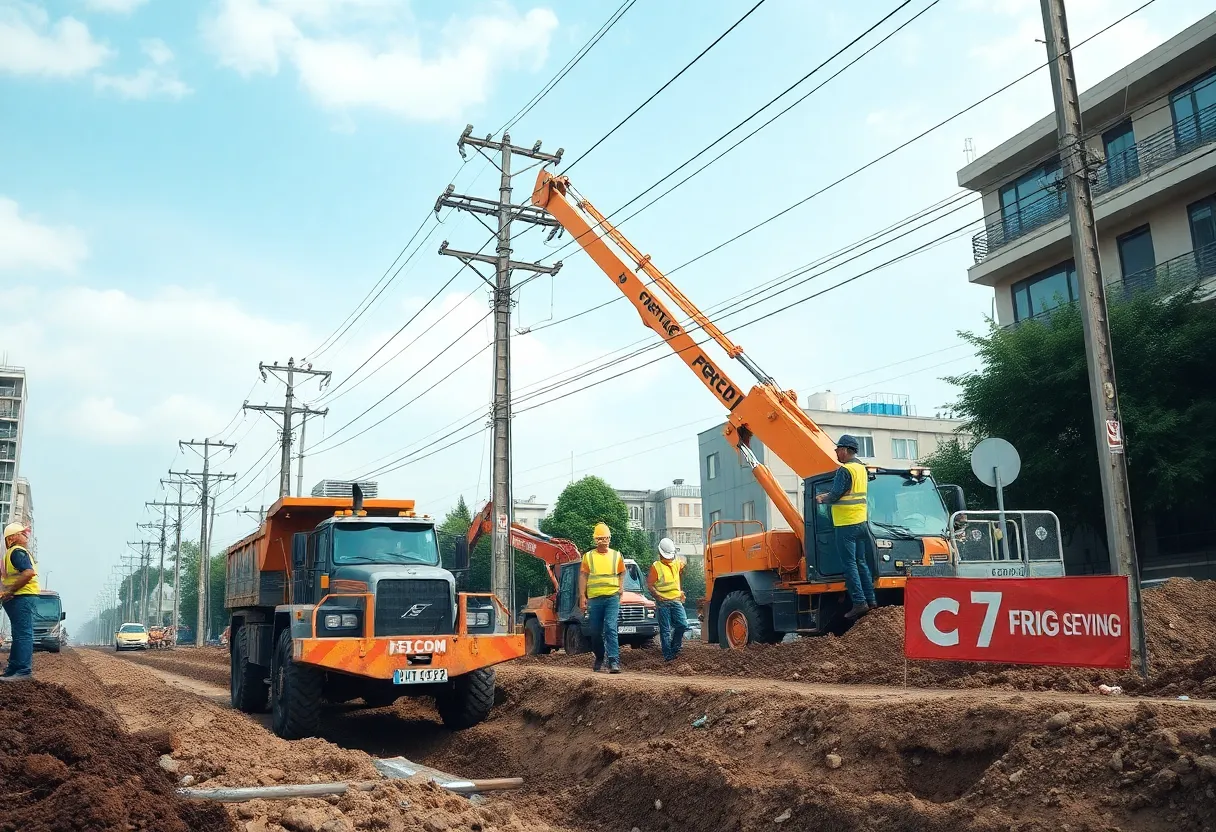News Summary
The concrete industry is at a critical juncture, grappling with a skilled labor shortage, rising material costs, and supply chain unpredictability. As companies face these challenges, many are turning to innovative technologies and strategic partnerships to enhance performance and productivity. The shift towards digital workflows and tools like Building Information Modeling is helping contractors adapt to these changes, while certain segments of the concrete market see growth amidst fluctuating residential demand.
Concrete Industry Faces Major Challenges and Opportunities in 2025
The concrete industry is navigating a landscape filled with both significant challenges and promising opportunities as it moves through 2025. Facing a skilled labor shortage, rising material costs, and volatile supply chains, concrete contractors are under increasing pressure to optimize their operations and adopt new technologies.
Labor Shortage and its Impact
A major hurdle for contractors is the ongoing labor shortage, particularly for specialized roles such as finishing crews and formwork specialists. This deficit significantly limits field productivity, resulting in slower project timelines and increased costs. To combat this, contractors are beginning to explore nontraditional labor pools, forming partnerships with trade schools, and integrating technology and automation to lessen their dependence on skilled labor.
Challenges in Information Flow
Contractors are also grappling with data fragmentation and inconsistent information flow, which can hinder field productivity and lead to costly reworks. Field crews often rely on outdated prints, leading to mistakes such as incorrect embed placements and drainage slopes. These errors not only waste valuable resources but also require time-consuming corrections like jackhammering and re-pouring.
Technological Adoption to Counter Challenges
To address these challenges, contractors are increasingly accelerating the adoption of technology and optimizing project planning. They are turning to integrated digital workflows and connected construction platforms aimed at providing real-time information to field crews, creating a “single source of truth.” Effective solutions like Trimble Connect help bridge gaps between design, pre-construction, and field execution, thereby enhancing efficiency.
In addition, the early adopters of building information modeling (BIM) are showcasing improvements in accuracy, communication, and throughput on worksites. Tools such as machine control technology are being utilized for the precise placement of materials, particularly in 3D printing and concrete paving.
Market Trends and Construction Segments
Despite the challenges, some segments of the concrete market are experiencing growth. The commercial and precast concrete segments are notably expanding, driven by the construction of data centers and warehouses. The tilt-up concrete market is also rebounding, particularly for large-scale, repeatable structures like hotels and hospitals.
Conversely, residential concrete work is on the decline due to volatility in interest rates and a softening demand for housing. Public infrastructure projects remain steady but are affected by budget constraints, which can hinder the start of large-scale initiatives. New trends such as AI-driven logistics, sustainability mandates, and prefabrication are also influencing the growth dynamics within the industry.
Opportunities in Innovation
Looking forward, there is immense potential for innovation, particularly through the application of artificial intelligence in concrete pours for real-time optimization and quality control. As contractors invest in digital tools for estimating and project management, they aim to better optimize material usage and labor allocation amidst rising profit pressures.
Impact of External Factors
External factors, such as tariffs on imported steel, significantly influence the operational costs for concrete contractors. These tariffs particularly affect components like rebar, further complicating the industry’s financial landscape. Meanwhile, the timeline for developing remediation plans for quality issues can extend several weeks, complicating project execution.
For example, the Missouri Department of Transportation is currently addressing quality issues with concrete recently placed on Interstate 44, impacting project timelines across various sectors. Rising labor costs continue to be a concern, driving interest towards alternative, sustainable housing solutions that incorporate precast concrete, which not only reduces waste and labor costs but also enhances construction speed and durability.
Need for Training and Adaptation
As contractors adopt these new technological solutions, precise training on how to use these tools effectively is essential. Ensuring that field crews can navigate new systems will be crucial for maximizing productivity in this evolving industry landscape.
Deeper Dive: News & Info About This Topic
Additional Resources
- For Construction Pros: Trimble Construction’s State in Concrete Industry
- Wikipedia: Concrete
- ConstructConnect: Moss Concrete Urban Construction Challenges
- Google Search: Concrete Industry Trends
- ENR: Lawsuit Claims Racial Discrimination in Obama Center Issues
- Google Scholar: Concrete Technologies
- KY3: MoDOT Inspectors Find Issues with I-44 Concrete Project
- Encyclopedia Britannica: Concrete
- The Conversation: Future of Concrete in Affordable Homes
- Google News: Concrete Construction Technology
Author: Construction NY News
The NEW YORK STAFF WRITER represents the experienced team at constructionnynews.com, your go-to source for actionable local news and information in New York and beyond. Specializing in "news you can use," we cover essential topics like product reviews for personal and business needs, local business directories, politics, real estate trends, neighborhood insights, and state news affecting the area—with deep expertise drawn from years of dedicated reporting and strong community input, including local press releases and business updates. We deliver top reporting on high-value events such as the New York Build Expo, infrastructure breakthroughs, and cutting-edge construction technology showcases. Our coverage extends to key organizations like the Associated General Contractors of New York State and the Building Trades Employers' Association, plus leading businesses in construction and real estate that power the local economy such as Turner Construction Company and CMiC Global. As part of the broader network, including constructioncanews.com, constructiontxnews.com, and constructionflnews.com, we provide comprehensive, credible insights into the dynamic construction landscape across multiple states.





